The Art of Storytelling in Photography
Mar 25, 2025
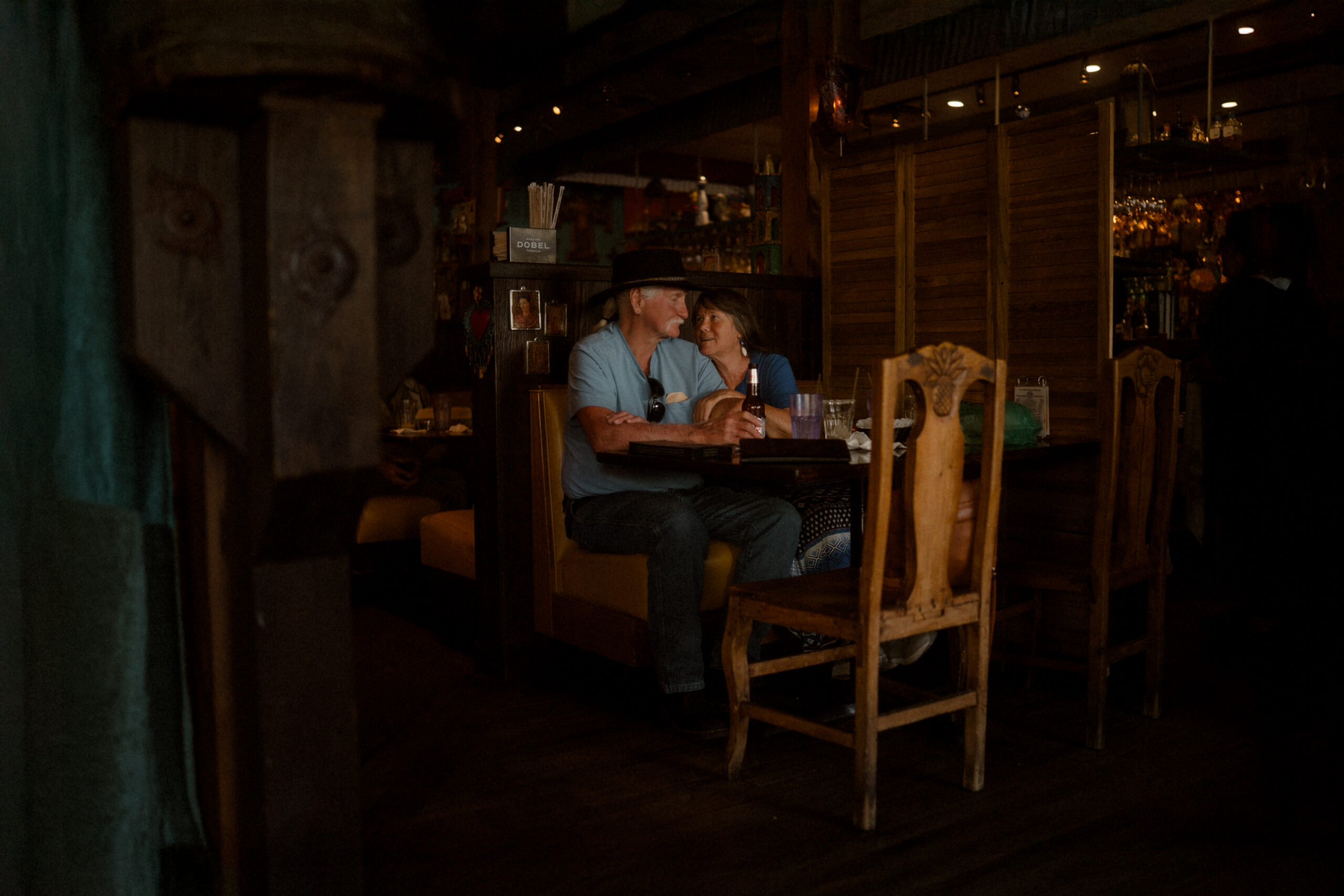
Storytelling. Storytelling photography captures moments that convey a narrative, drawing the viewer into the story behind the image.
The term storytelling is a hip buzzword in photography right now. You see the wording everywhere and everyone is talking about it. But it’s often overused without much thought to what it actually means. True storytelling in photography isn’t just about slapping a narrative onto an image and calling it storytelling—it’s about crafting something meaningful. It’s a type of photography that goes beyond aesthetics and makes the viewer feel something real. A well-composed photograph evokes emotions, sparks curiosity, and transports the viewer into a moment in time. Whether it’s a longing glance between lovers, the soft glow of a sunset over a quiet landscape, or the look of laughter from children running through an open field. Storytelling in photography allows us to connect with the world in a deeply human way.
Why Storytelling Matters
Like I mentioned above, storytelling gives photographs meaning beyond aesthetics. A technically perfect image may be beautiful, but an image with a narrative lingers in the viewer’s mind. It’s the type of image that takes a client back to that moment. It’s what makes a wedding photograph feel cinematic and alive. It makes a portrait feel soulful, and a simple moment feel timeless. When you focus on storytelling, you create photographs that resonate emotionally, leaving a lasting impression.
The Art of Noticing
One of the most essential yet overlooked skills in storytelling photography is the art of noticing. Great photographers don’t just take pictures—they observe. They see the small details others might miss: the way light filters through a curtain, the nervous hands of a bride, the fleeting expression of a child lost in thought. These moments are everywhere, waiting to be captured, but they require patience, awareness, and an openness to the world around you.
Noticing means slowing down. It means tuning into the environment and letting yourself be present rather than rushing to take the next shot. When you truly notice, you find beauty in the mundane, depth in the ordinary, and emotion in the stillness. Training yourself to notice not only enhances your storytelling but also deepens your connection with your subjects and surroundings.
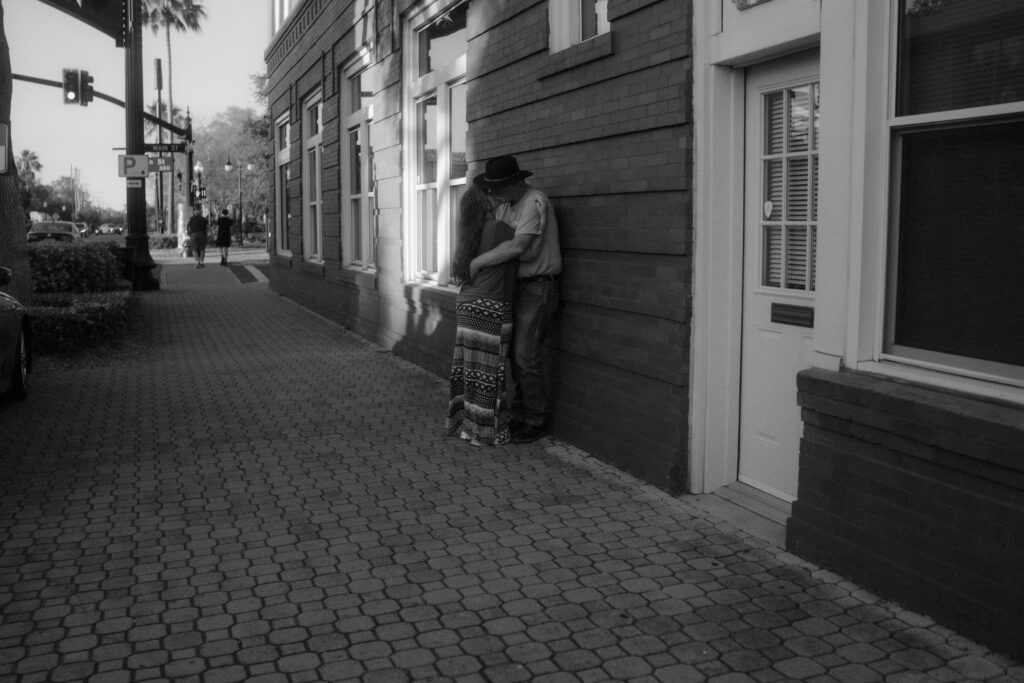
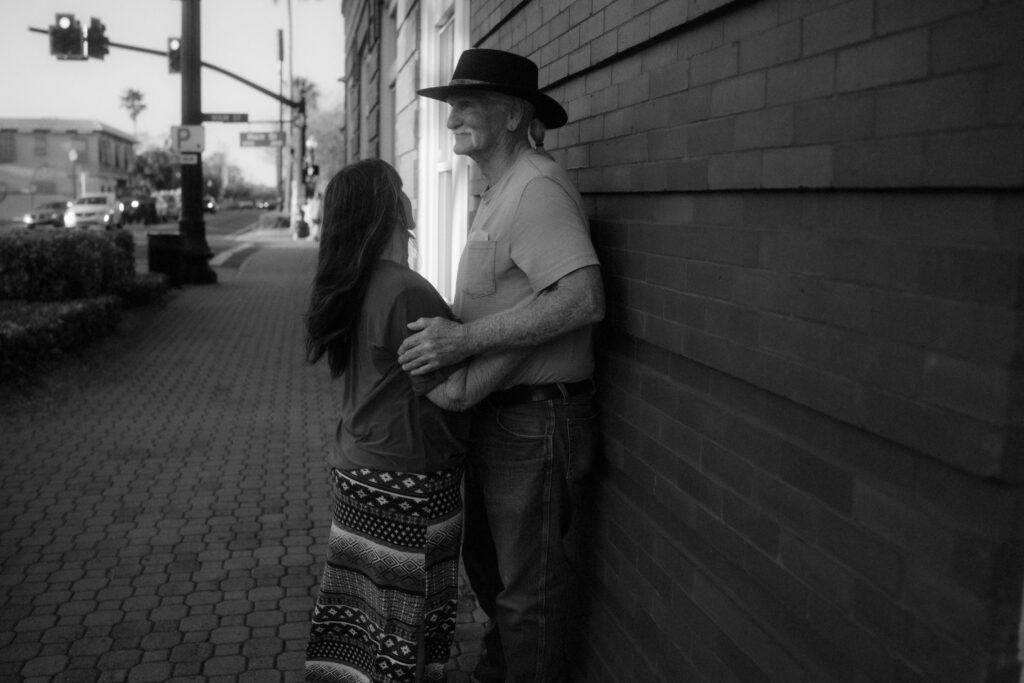
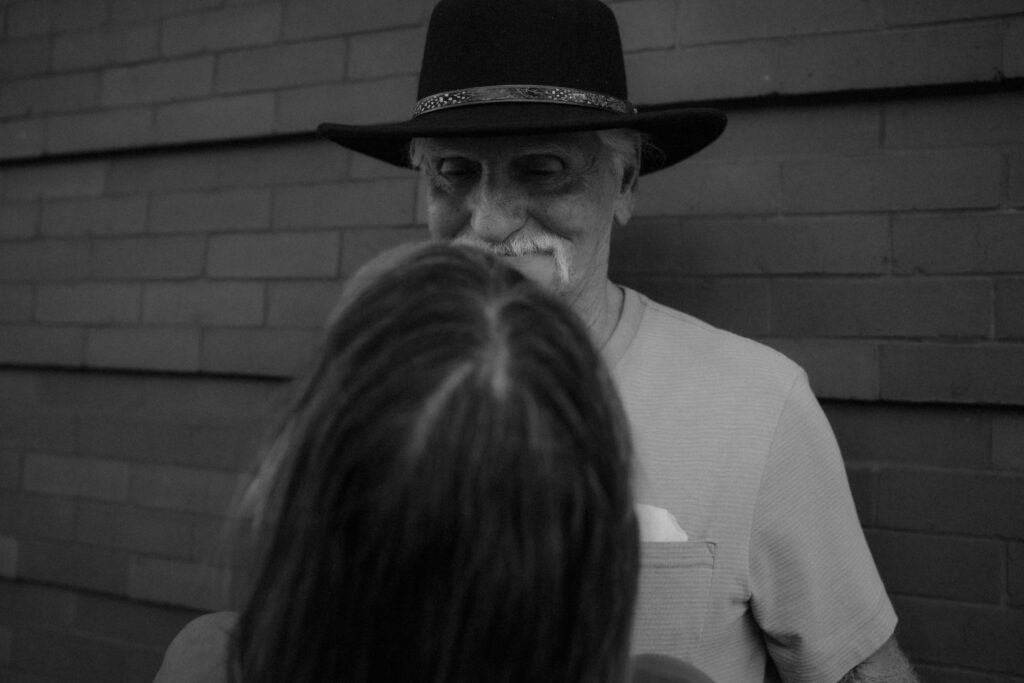
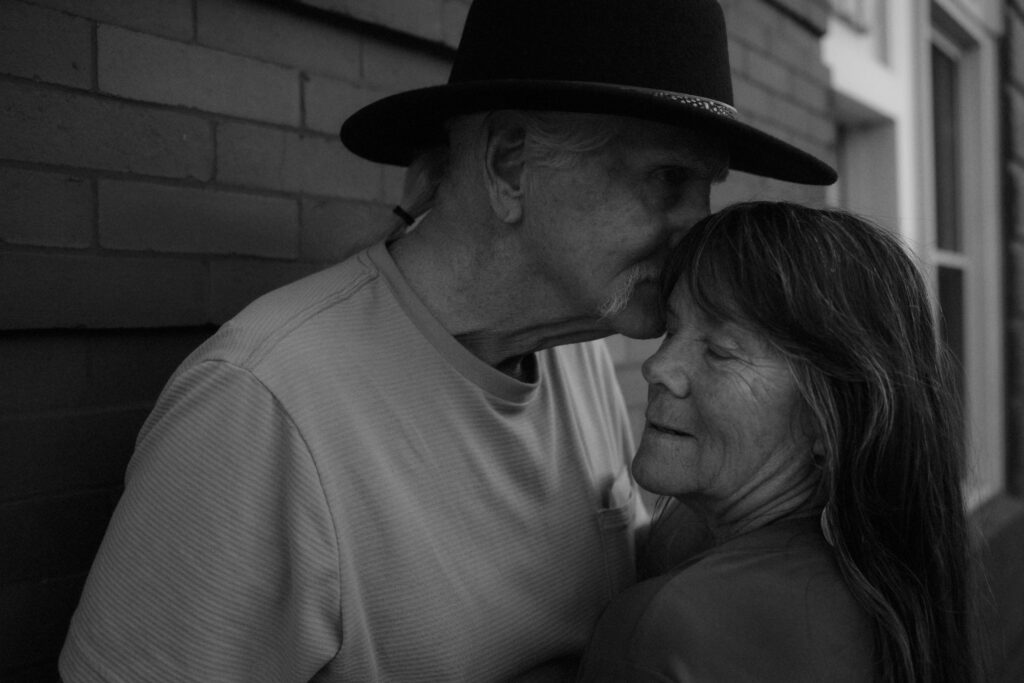

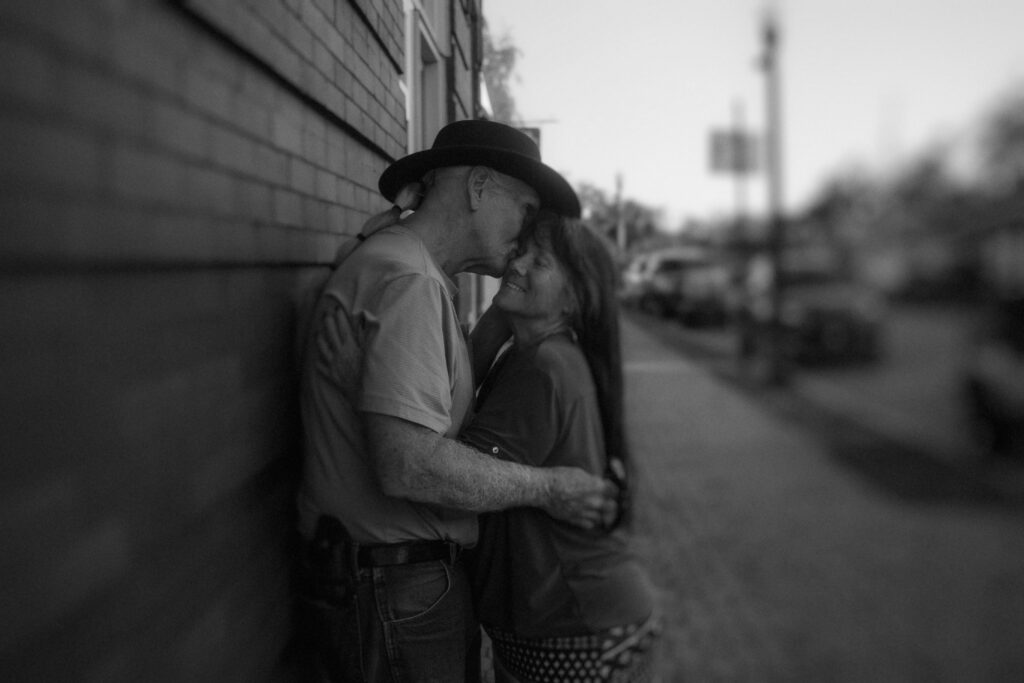
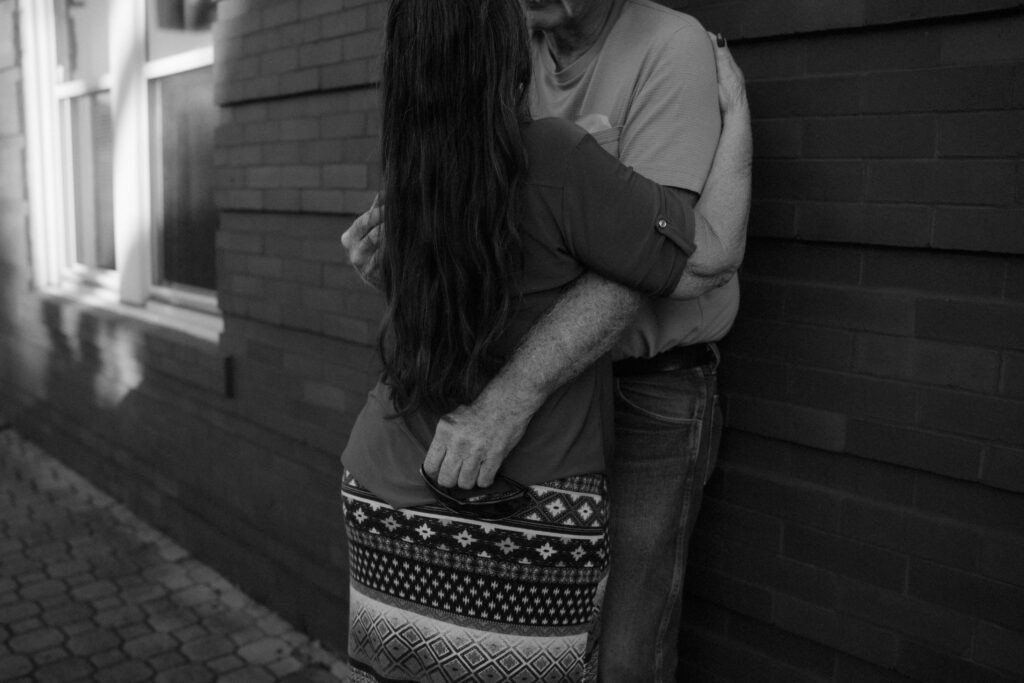
Elements of Storytelling in Photography
- Emotion – The heart of any great story lies in its emotional impact. Pay attention to subtle expressions, body language, and gestures that convey feelings without words. Notice the little things:
- The way a couple holds hands while walking.
- A lingering touch.
- A mother rearranging a whisp of her childs’ hair.
- A reaching out to his child in a playful way that’s so familiar to only them.
- Composition – The way you frame your subject can also enhance the narrative of the session. Leading lines, negative space, and balanced compositions guide the viewer’s eye to the most important elements of the story.
- Lighting – Light can transform an image’s mood. Soft morning light creates a sense of nostalgia, while dramatic evening shadows add intensity. Being mindful of natural light. Find pockets that spark creativity and interest. If you come across artificial light, let it help set the tone for your story.
- Context & Environment – The setting can add depth to your story. A couple embracing on a beach tells a different tale than a couple browsing the streets downtown. Think about how the background supports the emotion you want to convey.
- Is the story romantic and intimate?
- Is the story relaxed and carefree?
- Details & Close-Ups – Sometimes, the smallest details tell the biggest stories. A hand clutching a love letter, raindrops on a windowpane, or the delicate movement of a dress in the wind can all add layers to your narrative.
- Candid Moments – The raw, unposed moments often carry the most authenticity. Letting go of rigid posing allows for the magic of real-life interactions to unfold.

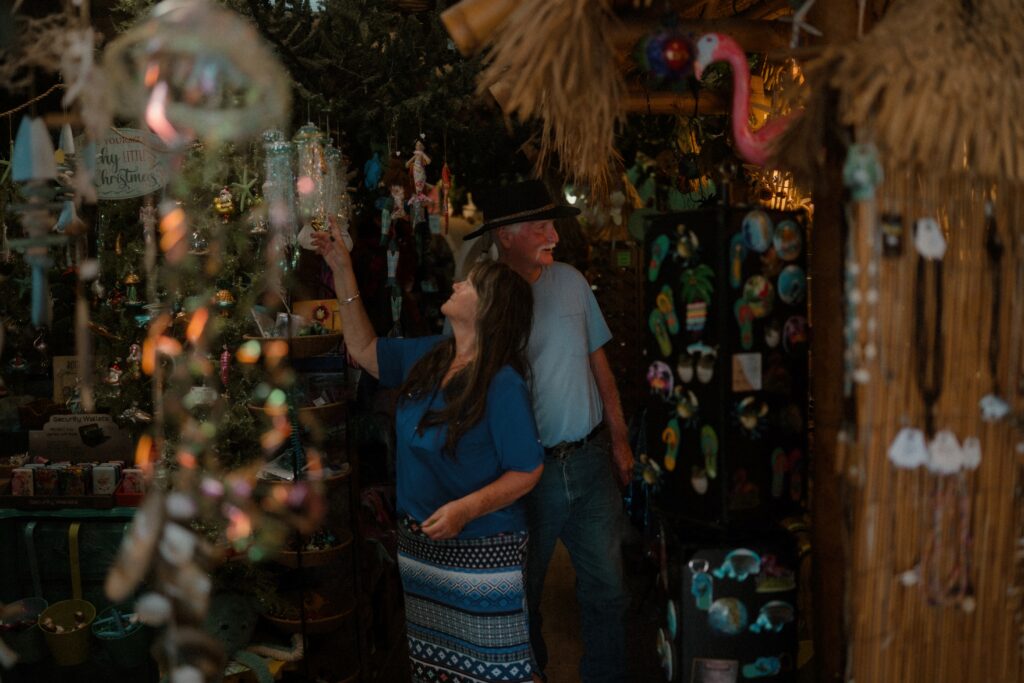
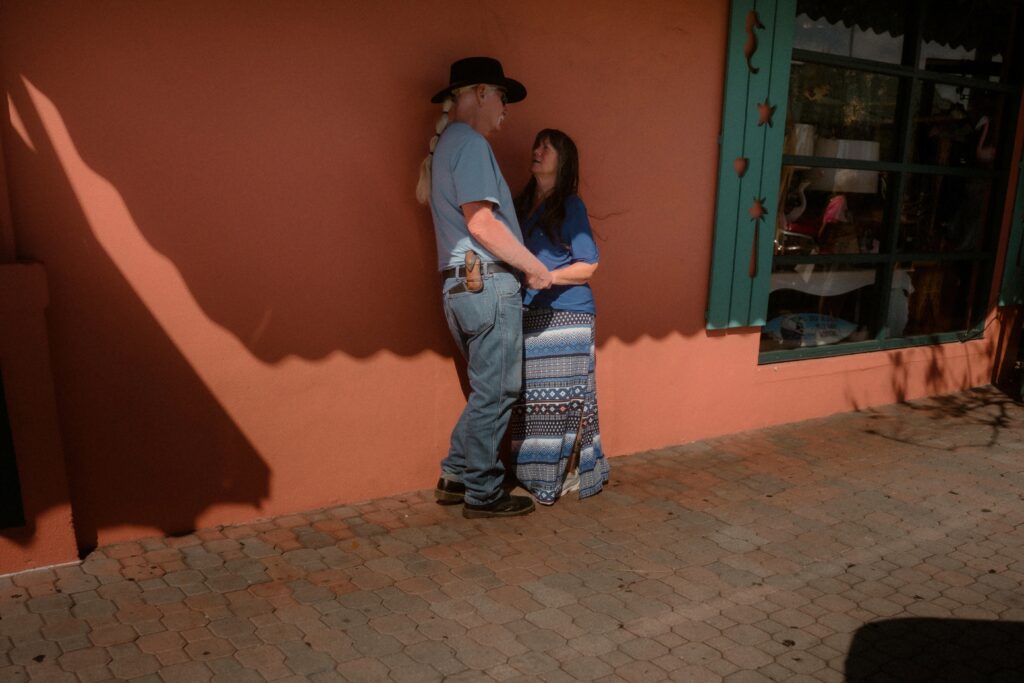
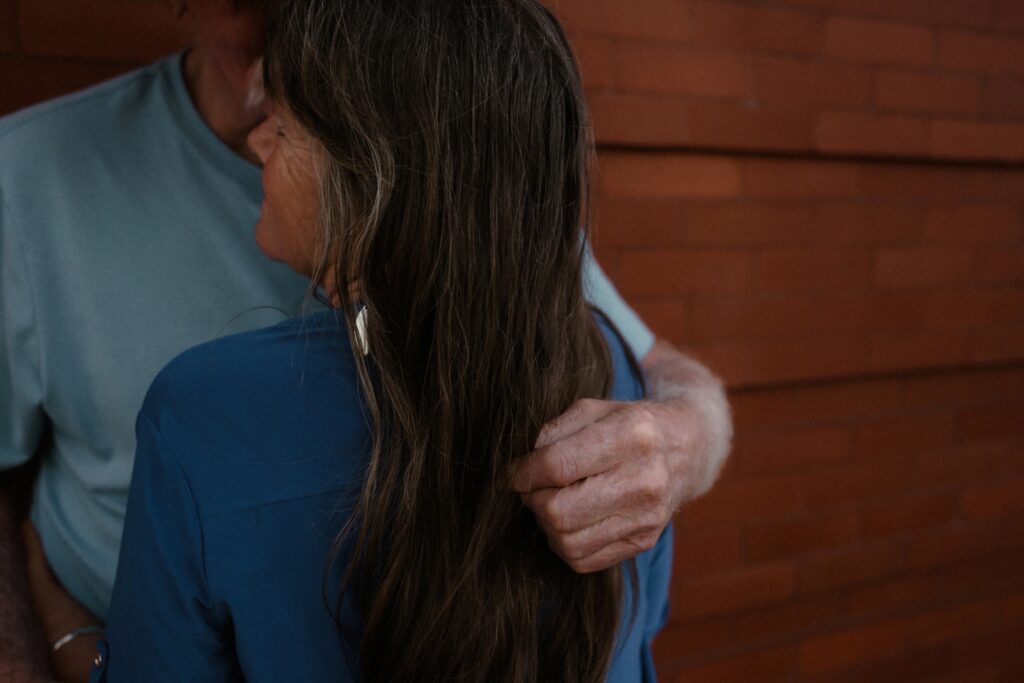
The Power of Shooting from Different Distances
One of the best ways to create a complete visual story is by capturing images from multiple perspectives:
- Far Away (Wide Shot) – This establishes the scene and gives context. It allows the viewer to see the environment and how your subject fits into it. A 35mm (my current favorite lens is the Sigma 35mm f/1.4 Art) or 28mm lens works well for this.
- Mid-Range (Medium Shot) – This brings more focus to your subject while still showing some background. It helps provide a balance between storytelling and intimacy. A 35mm lens is ideal.
- Close-Up (Detail Shot) – This is where emotions and details come alive. Hands touching, wind in the hair, a single tear—these elements add depth and richness to your story. A fast 85mm or a cleverly placed 35mm lens can be perfect for this.
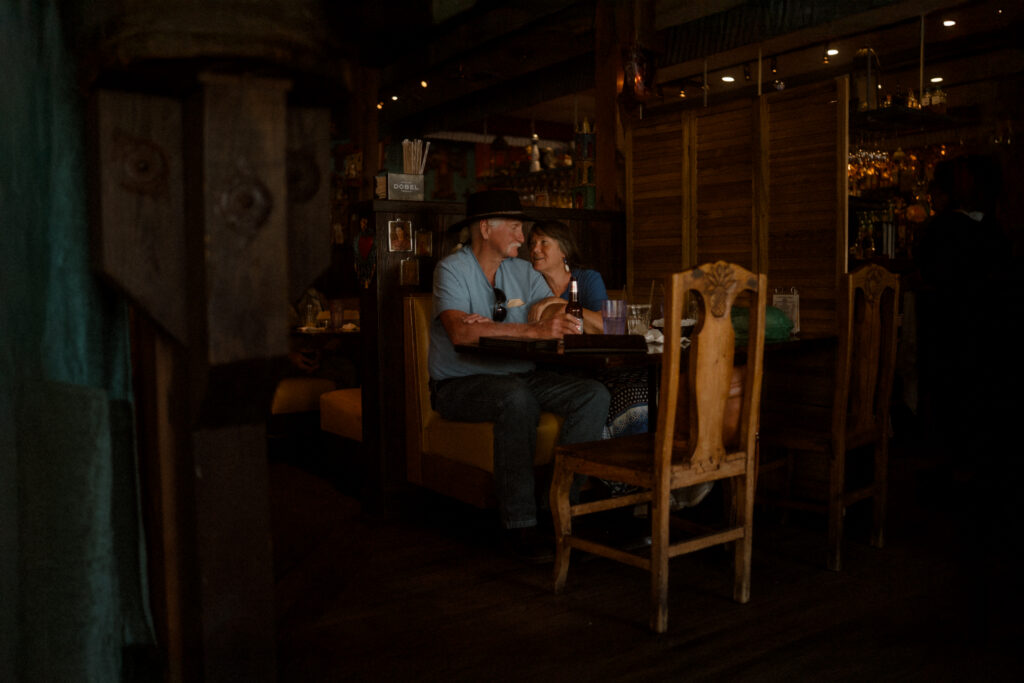


By capturing all three perspectives, you create a more immersive experience for the viewer and ensure that the story is felt rather than just seen.
How to Capture a Strong Narrative
- Observe Before You Shoot – Take time to absorb the atmosphere before lifting your camera. Notice interactions, lighting shifts, and small, intimate moments.
- Anticipate the Moment – Being present and patient allows you to capture genuine expressions and interactions as they naturally unfold.
- Shoot with Intention – Ask yourself, “What story do I want to tell?” before composing your shot. Let that guide your creative choices.
- Embrace Imperfections – Real moments aren’t always technically perfect, and that’s what makes them beautiful. A little blur, movement, or grain can enhance the story rather than take away from it.
In the image below, she began to gently sway to the music being played at the book store and eventually they began dancing together letting the world fade around them.
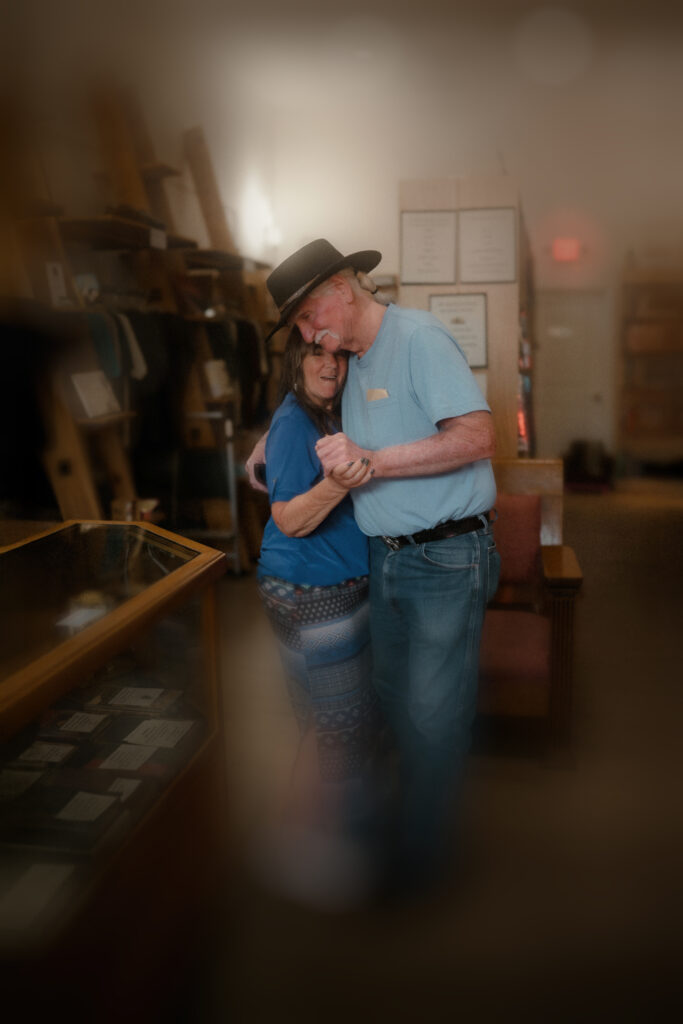
Final Thoughts
Storytelling in photography isn’t just about following a trend—it’s about capturing something that lingers, something that feels alive. It’s about creating images that don’t just show a moment but make people experience it. The best stories aren’t just seen; they’re felt long after the image fades from view. So the next time you pick up your camera, don’t just take a photo—capture a story that truly matters. Add a little more fun and depth to your images with these tips for cinematic photography.
Be the first to comment